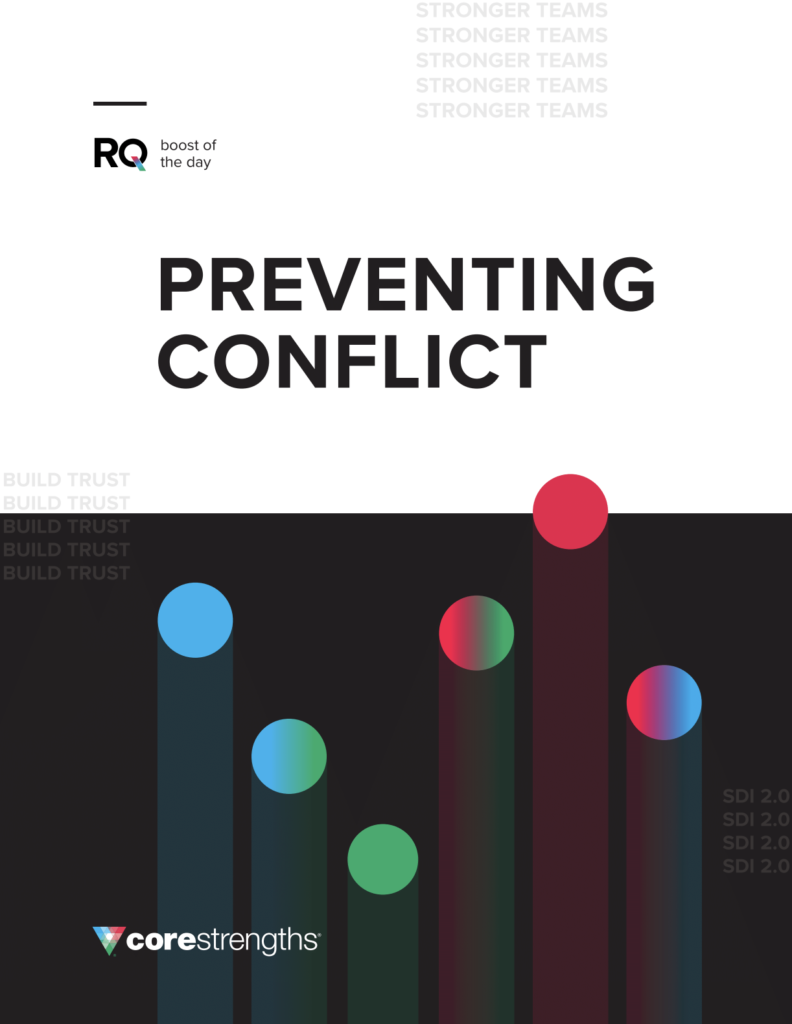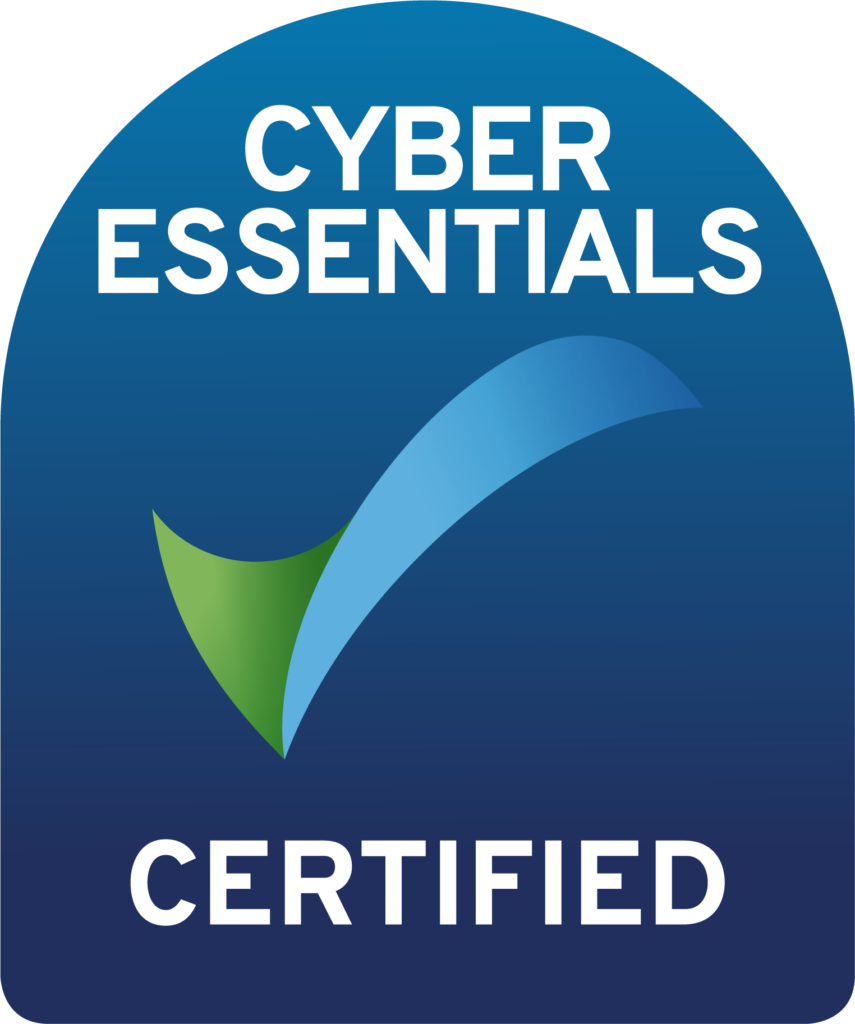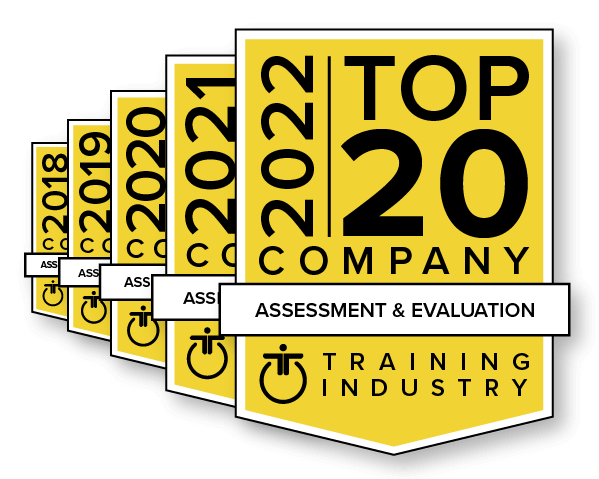“Honest disagreement is often a good sign of progress”
Mahatma Ghandi
In our last post, “Overcoming Complex Team Challenges,” we explored how great teams are made up of individuals with different views and perspectives and that effective communicators use Relationship Intelligence to recognise and accommodate views that differ from their own. However, that doesn’t mean we simply abandon our own view and accept the other person’s. There will be occasions where different but equally strong opinions will collide.
Indeed, in the most effective teams, disagreement and challenge are actively encouraged. Constructive challenge lies at the heart of many innovative and high performing teams. But how do you manage disagreement without damaging relationships within the team, the very relationships on which its success is built?
Opposition vs. Conflict
The key is understanding the difference between opposition and conflict. Opposition is the difference of opinion on a situation or issue and focuses on the problem or issue under debate. Conflict is when it feels or becomes more personal. It is a perceived attack or threat to our value system; we feel our self-worth is being threatened.
Conflict Sequence
We will tend to initially deploy one of these 3 strategies to resolve the conflict. We will seek to either:
- Accommodate the other person
- Assert or prevail over the obstacles
- Analyse and slow things down
If this doesn’t work, the conflict will become more ingrained, and we will try a second strategy and then eventually end up in the third position of self-preservation
Managing Conflict
So how do we handle conflict? There are five steps:
- Anticipate: What are the things others do that are likely to irritate you? What are the things that you might do that unintendedly could irritate others?
- Prevent: How can you see the other person’s behaviour differently (their positive intent), so you don’t take it personally? How can you modify your behaviour to avoid triggering conflict in others?
- Identify: How can I spot when something is bothering me or someone else? What does the change of behaviour look like?
- Manage: How do I refocus the discussion on to the problem by responding in the most appropriate way?
- Resolve: How do we re-stabilise the relationship and move on?
In the early stages, it is all about controlling our own behaviour. We all have a repertoire of behaviours, our strengths, that we can draw on, and we tend to favour some over others.
When we are at our best, we can access a variety of different strengths and behaviours to suit the circumstance. The reality is that the further we allow ourselves to go into conflict, the less choice we have over the strengths we deploy. At our best, we may think ‘supportive’ is a good strength to deploy in this situation. As we go into conflict, some may find ‘supportive’ hard to find.
When we move into conflict, we may rely on some strengths more heavily, using them more frequently, and there is a risk we sometimes will overdo. Our very top strengths can then sometimes be perceived as overdone. For example, if overdone, the strength of ‘Principled’ becomes ‘Unbending’ and ‘Caring’ can become ‘Submissive’. Healthy ‘Persuasive’ can often turn into ‘Abrasive’ when in conflict.
Effective Teams
Effective teams will be able to have challenging conversations without it turning into conflict. They learn to anticipate and prevent things from becoming personal. When they see it turning into conflict, they identify it and manage it quickly. The most effective teams are led by managers and leaders who can facilitate healthy debate without it impacting on the team negatively.









